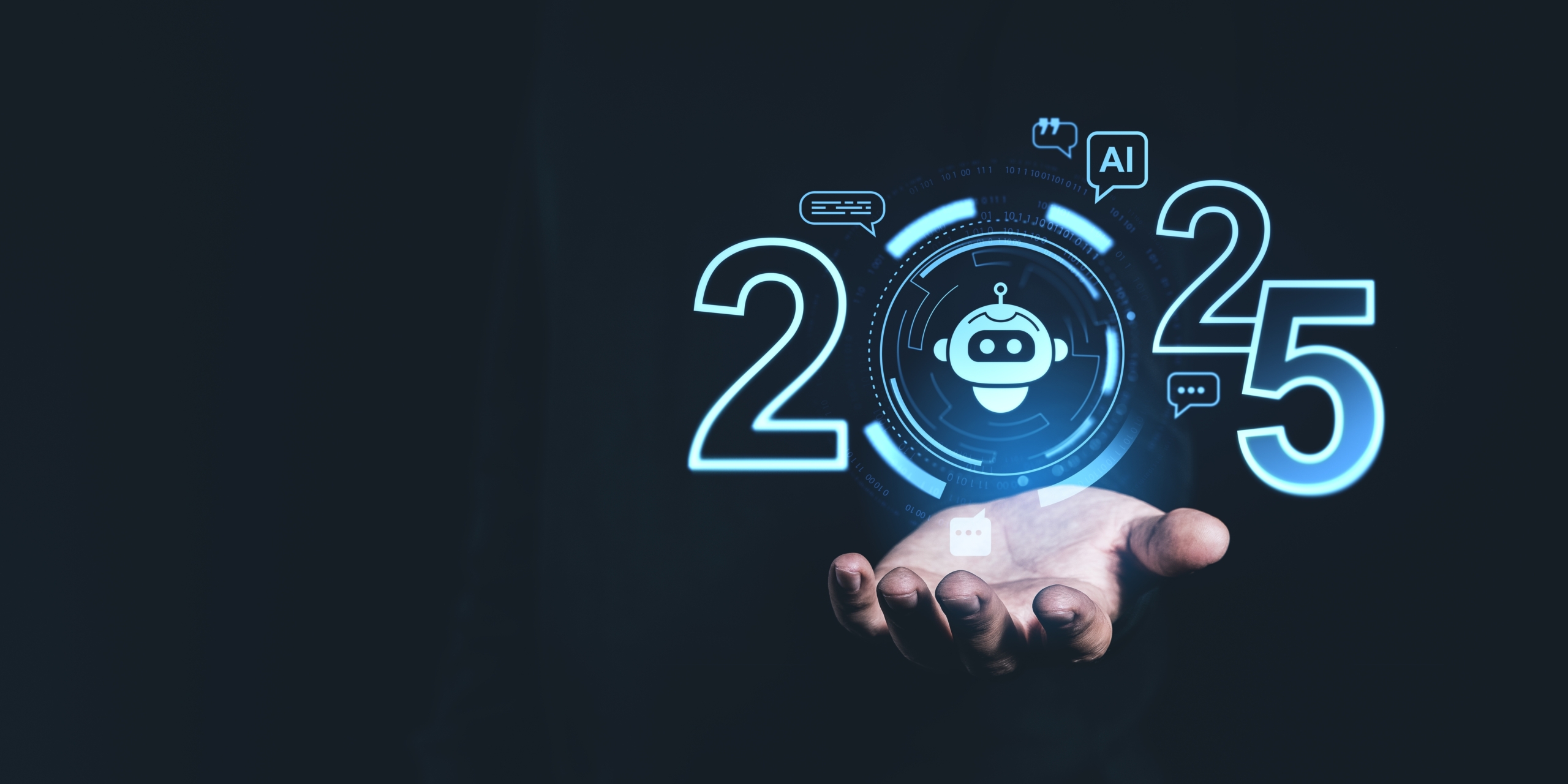Customer Success is no longer a choice
Remember when Customer Success (CS) sounded new? Like data science, it wasn’t taken too seriously at first. Most companies have now adopted it. But even those who still treat it as just another department are behind the curve. Today, CS is not a department, it’s a seachange. It’s true home is in the very DNA of a company, not just somewhere on the 5th floor.
“Nothing is more important to Salesforce than Customer Success.” — Salesforce CEO Marc Benioff
This is an important quote. Not because of its content, but because of who’s saying it. A CEO. And here’s another one:
“Customer success is the most important priority” — SAP CEO EVP Bill McDermott
And another…
“Ultimately in a consumption-based business, customer success is all that matters…” — Microsoft CFO Amy Hood
So the people at the top are telling their companies and the world, that CS is now front and centre.
Why?
Because we are no longer occupying a time where demand outstrips supply.
Today, it is the customer who is the scarce resource. This means we’ve moved, or need to move, from a mindset of product orientation to service orientation — whatever the business, B2C and B2B.
Customer churn rates and costs of retention verses acquisition are now familiar terms to most, but this is a deeper level discussion. There are certain kinds of conversation that would be happening in a company that takes CS seriously. Questions would be along the lines of, “what does a healthy customer do, or not do, every week?” and “what does an unhealthy customer do, or not do, every week?” An endless curiosity and an ever-deepening understanding of existing customers would run alongside the traditional sales department’s focus on acquiring new customers.
This is an important point. Sales teams, traditionally out there in front, can feel threatened by CS. They needn’t be. But they do need to understand this simple fact: acquisition is expensive. Retention and expansion, upsell and cross-sell, is less so.
Dan presented the group with an really useful tool: a Customer Journey Map model that makes the case for CS visible and clear. CS advocates within any company — particularly startups — can use tools such as a Customer Journey Map to demonstrate and promote the need for CS dominance in their own business culture and practice. A tool like this also helps forecast resource requirements as customer volumes increase.
Finally, a word on disruption, from Jeff Bezos. Jeff is fond of talking about customer “obsession”, his version of CS. He’s been heard saying that it’s Amazon’s obsession with the customer that makes his company undisruptable. (For now).
Taking this thought further, it’s possible to describe, with a little creative licence, the route to success of some other (for now) undisruptable companies and how they achieved it:
- Netflix did not kill Blockbuster. Ridiculous late fees did.
- Uber did not kill the taxi business. Limited access and fare control did.
- Apple did not kill the music industry. Being forced to buy full-length albums did.
Not the full story, obviously, but the point remains:
Technology is not the disruptor — how you put your customers at the centre is. The biggest threat to any business today is NOT taking the needs of your customer seriously.
With thanks to Dan Steinman, General Manager EMEA, Gainsight
Attendees included Luke Hemsley from Fluidly and India Ferard from Permutive.
“My one key takeaway was: young, nascent organisations need to build and grow with their customers at the very centre of everything they do. Customers have never had more choice, louder voices or greater flexibility — the onus is on us to make sure that they remain our customers and not those of our competitors.”
Luke Hemsley
“Industries are disrupted when providers let down their customers, and they choose to switch. In SaaS this is reflected in the Customer Success movement, but it’s a much broader shift of power to the consumer.”














